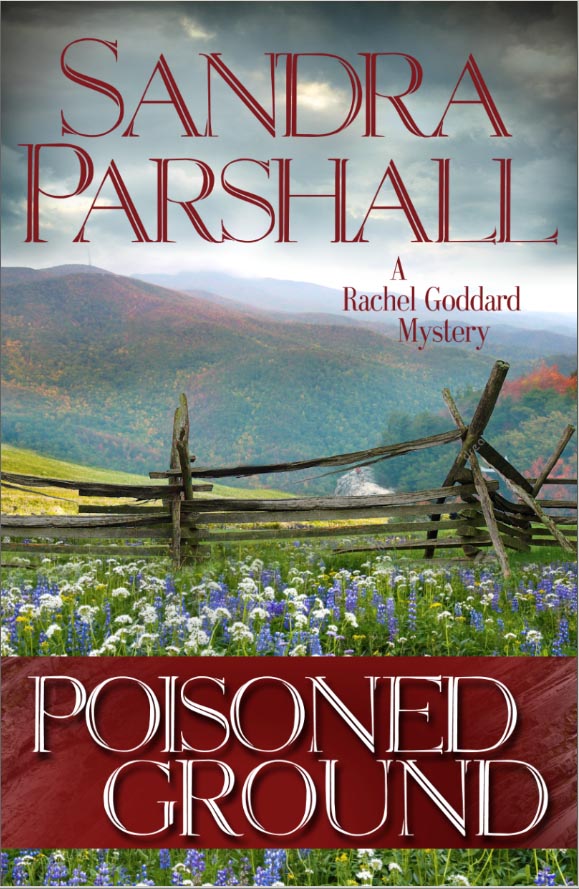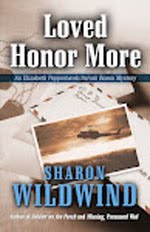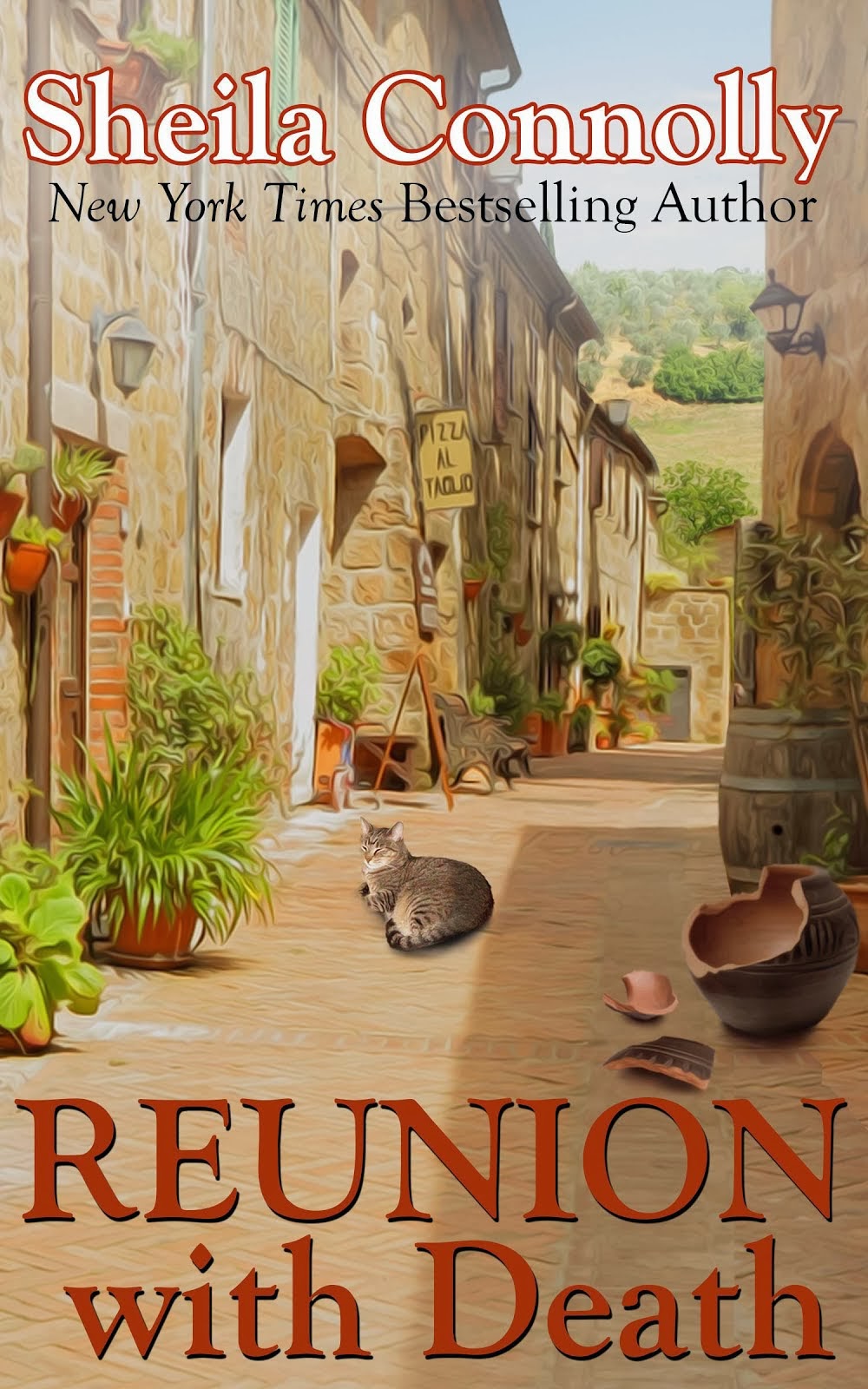Sharon Wildwind
Easter reminded me of sugar eggs, or as they were also called, panorama eggs. Feeling nostalgic, I swooped around the Internet to see if they still existed. They did, and they didn’t.
Panorama eggs have apparently enjoyed a resurgence. Williams-Sonoma, the California foodie company makes them, as does a number of high-end candy companies, and boutique speciality food shops. All of the sites were sold out for the Easter season, testifying to the egg’s continued popularity. But they just weren’t what I remembered.
In my day, panorama eggs came from Japan. They were made of a hard, often sparkly, sugar shell, decorated with equally-hard, mass-produced flowers and swirls of icing. They didn’t come with a warning, printed in several languages, but they came with something more succinct. A mother, who held you by the shoulders, looked you straight in the eye and said, “Don’t eat this!” You didn’t get one in your Easter basket until you were old enough to know that sugar eggs were for looking, not for licking.
There was a small hole in one end, covered by a piece of cellophane. You closed one eye and squinted into the hole with your other eye. Inside was the most marvelous scene. Miniscule bunnies romped through a meadow, or a hen and her dozen chicks arranged themselves among flowers and decorated eggs. In a well-made egg, the miniature panorama painted on the inside of the shell looked so real that it seemed to stretch forever.
In some decade between nostalgia and reality-TV, the U. S. government passed a federal law that says all parts of anything sold as candy must be edible. The eggs changed. For one thing, many of them are now done with a larger, vertical hole, instead of the miniature peep hole at one end. The bunnies or chickens are made of nougat or royal icing or marshmallow or something that looks cute and clunky at the same time. No more painted panoramas, no more sparkles. For all I know, those original sparkles were ground glass or mica chips, so maybe this is a good thing.
To make up for the blah inside, the outside now sports blowzy flowers, icing swirls, or pastel polka-dots and ribbons. Pleasing to look at, probably terrific to eat, but I doubt that these eggs, like those of my childhood, will sell on e-Bay for several hundred dollars in the year 2058.
What I objected to most about the new eggs was that a child today wasn’t going to have the benefit of my annual post-Easter ritual: deconstructing the egg. Okay, so, panorama eggs were probably costly, and maybe I should have treated them with more respect, but I had to get at that story of how they were put together.
Never soak a panorama egg in a pail of water. Just trust me on this, okay?
The best way to take them apart was a combination of archeology and forensic techniques. First, insert a cold chisel or screwdriver under the icing swirl that held them together and tap lightly with a hammer. Repeat at intervals all the way around. Once you’ve removed the decorative icing, you will be able to see where the two halves join. Do a test probe into your egg with the screwdriver edge. If you encounter cardboard, it means you’re going to need a sharp knife, maybe like your Girl Scout pocket knife, to slice the two halves of the egg open.
Once you’re inside, examine everything: how it was painted, the way the tiny rabbits were cut out, how they were fastened to the cardboard floor, how the floor fit into tiny grooves cut down the length of the egg. One of my most fascinating discoveries was the year I realized that both the floor and the small creatures had been painted over layers of recycled Japanese newspapers, stiffened with glue and shellac.
Unfortunately, by the time you’ve delved the mysteries of the egg, it’s pretty much a mass of sugar, cardboard, and ubiquitous sparkly stuff. Go wash your hands.
Fortunately, as writers, we can do the same kind of forensic analysis on written pieces without getting ground glass all over our hands. It’s called modeling, and it’s one of the best learn-to-write techniques going.
Pick writing you love, and writing you hate. Go for the real extremes here: the books you want to cradle and keep on your shelf forever; the ones you throw across the room while uttering undeleted expletives.
Start by writing out a passage in long-hand. Like not soaking sugar eggs in a pail of water, this is something you’re going to have to trust me on. There is something about writing in long-hand that gives a feel of the flow that a keyboard doesn’t, no matter how skilled a keyboarder you are.
Next, take each sentence individually, look at it, take it apart down to it’s component words and punctuation marks. Analyze it, make a pattern, and finally, model a sentence just like it. I don’t mean simple word substitution, though that is one way to do it, and I have done it to advantage. I mean write another sentence that reproduces the essence of the first sentence.
“I put our bedroom fan in the side window so it would draw air from the front of the house, but I would dream of turkey buzzards circling over a corrugated rice field, of sand-flecked winds blowing across the formless and decomposing shape of a large animal, of a woman’s hair and fingernails wedging against the sides of a metal box.” (James Lee Burke, In the Electric Mist with Confederate Dead, p 140—This is one of my love, cradle, and keep forever books.)
Component parts:
bedroom fan, side window, drawing air from the cooler front of the house—comfort, lots of nostalgia there, temperature change, sound
but—change direction
turkey buzzards and corrugated rice fields—conflicting images: buzzards are ugly; a corrugated rice field in Louisiana is a beautiful thing, but keep in mind that Dave Robicheaux is a Vietnam veteran. He’s got to be equivocal about rice fields.
formless and decomposing shape—more equivocal imagery—the Tibetian Book of the Dead treats decomposition with respect
of a woman’s hair and fingernails—nice images, flowing hair, well manicured nails
wedging against the sides of a metal box—one final turn.
Pattern: comforting image, full of nostalgia and sensual undertones; but; conflicting, equivocal image—once, twice, ending with a third turn toward something not at all comforting.
I slid the silk dress over my head listening to the rustle the fabric made against my hair, but the sound couldn’t shut out the way Mirna called to me as I’d walked away from her, down the corridor smelling of wilted flowers and overcooked eggs; the plea any mother might make. “Damn it, Jessie, find my son. Find him and kill him.”
Okay, so I’m no James Lee Burke, but that will give you an idea. Don’t be surprised if your modeling takes a wicked turn you never expect and that half-way through your construction you veer in a different direction from what you originally intended. That’s part of the beauty of the exercise. All sorts of side trips open up.
Now, go wash your hands. Happy spring.
_______
Never tear down a fence until you know why it was put up in the first place.
~G. K. Chesterton, mystery writer
Tuesday, March 25, 2008
Subscribe to:
Post Comments (Atom)










4 comments:
Wow, Sharon. What a writer you are! I'm blown away once again by both the deconstruction and the impact of what you build with words, whether it's a sugar egg or a blog piece on--and of--writing.
Wonderful, Sharon. You REALLY must write a how-to book one day!
Carol
Thanks, guy. I guess I am writing a how-to book, one blog at a time. (grin)
Love it Sharon, your lessons on writing are WONDERFUL! And I DO remember those eggs. Sad that they are gone, in their original form.
I must confess, this hand washing thing is getting to me. I decided to buy one of those frozen crockpot dinners yesterday, and I put it in the pot today. While reading the cooking directions, I was directed to WASH MY HANDS twice after putting the ingredients into the pot. Okay, part of the ingredients is chicken, but really, twice during prep?
Okay, okay, I'll go wash my hands again, after answering your post. My hands are beginning to get raw. Sniff.
Post a Comment